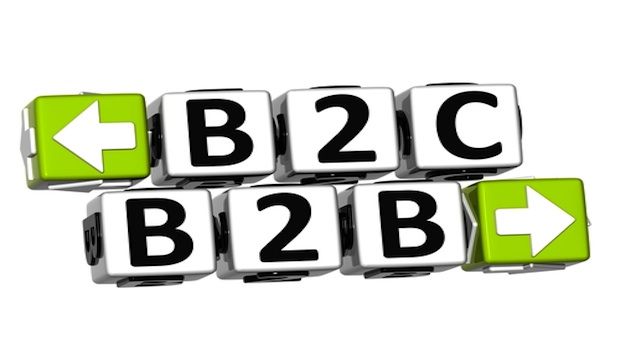
Today’s business climate is often ruled by fickle customers armed with unprecedented access to product information and equipped with social media megaphones to express their opinions of brands.
Given that, are B2C or B2B companies better positioned to compete in a big data world based on how they have delved into customer preferences in the past?
B2C companies could learn a lot from the traditional approach to mitigating uncertainty around customer behavior that B2B companies have long embraced, according to new research from Aberdeen Group.
While B2B and B2C companies (42% and 43% respectively) both struggle with making too many decisions based on inaccurate or incomplete data, there is a vast difference when it comes managing the complexity and volume of data.
Forty percent of B2C companies note that the volume and complexity of their business data was overwhelming compared to 15% of B2B organizations, according to the Aberdeen survey.
While traditional structured data is certainly growing, the real challenge that retail and consumer companies are facing is the huge growth in unstructured data like data from social media networks and from mobile, the report notes.
While business data is growing at an average rate of 59%, more than half that data (51%) is unstructured.
“No companies are more subject to the whims, scrutiny and the sentiment of social media and the blogosphere than consumer organizations are, and this is at the heart of their data challenge,” the report notes. “B2B companies, on the other hand, face a groundswell of desire for analytical capability among business decision makers, a major driver of their investment in business intelligence solutions.”
In fact, B2B companies have a long history of grasping the importance of data analysis and delivering analytical tools that are easy to use and provide fast access to relevant data, according to Aberdeen. This focus on the end user has become a cornerstone of B2B analytics.
“On the other hand, consumer-oriented companies – perhaps due to a lingering reliance on IT to manage and deliver the bulk of business insight – are much less likely to deliver the same ease-of-use and timeliness of information,” according to the report.
Consumer companies have recognized the challenge they are facing and have begun to deploy technologies like data warehouses to better organize their data.
The research also found B2B organizations:
- Are more likely to have one or more key executives in place to lead the analytical process
- Are more likely to have a performance-driven culture to drive accountability
- More often have business users proposing and driving analytical projects
- 42% more likely to track ROI achieved from analytical deployments
- 30% more likely to review performance relative to operational KPIs on a regular basis
“The research continuously shows how companies that value a data-driven decision environment and have a culture that emphasizes measurement and management of key performance indicators are more likely to drive results from business analytics,” according to Aberdeen.
“The real ROI from analytics comes from equipping business thinkers with the right tools to create better decisions from that data. Intuitive and visually appealing tools for operational and strategic insight are a logical step, and the data shows that consumer organizations are somewhat behind the curve on leveraging those types of tools,” the report concludes.





